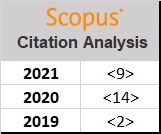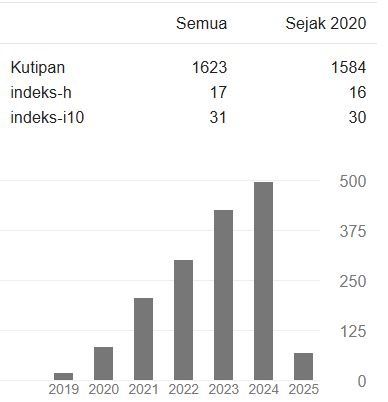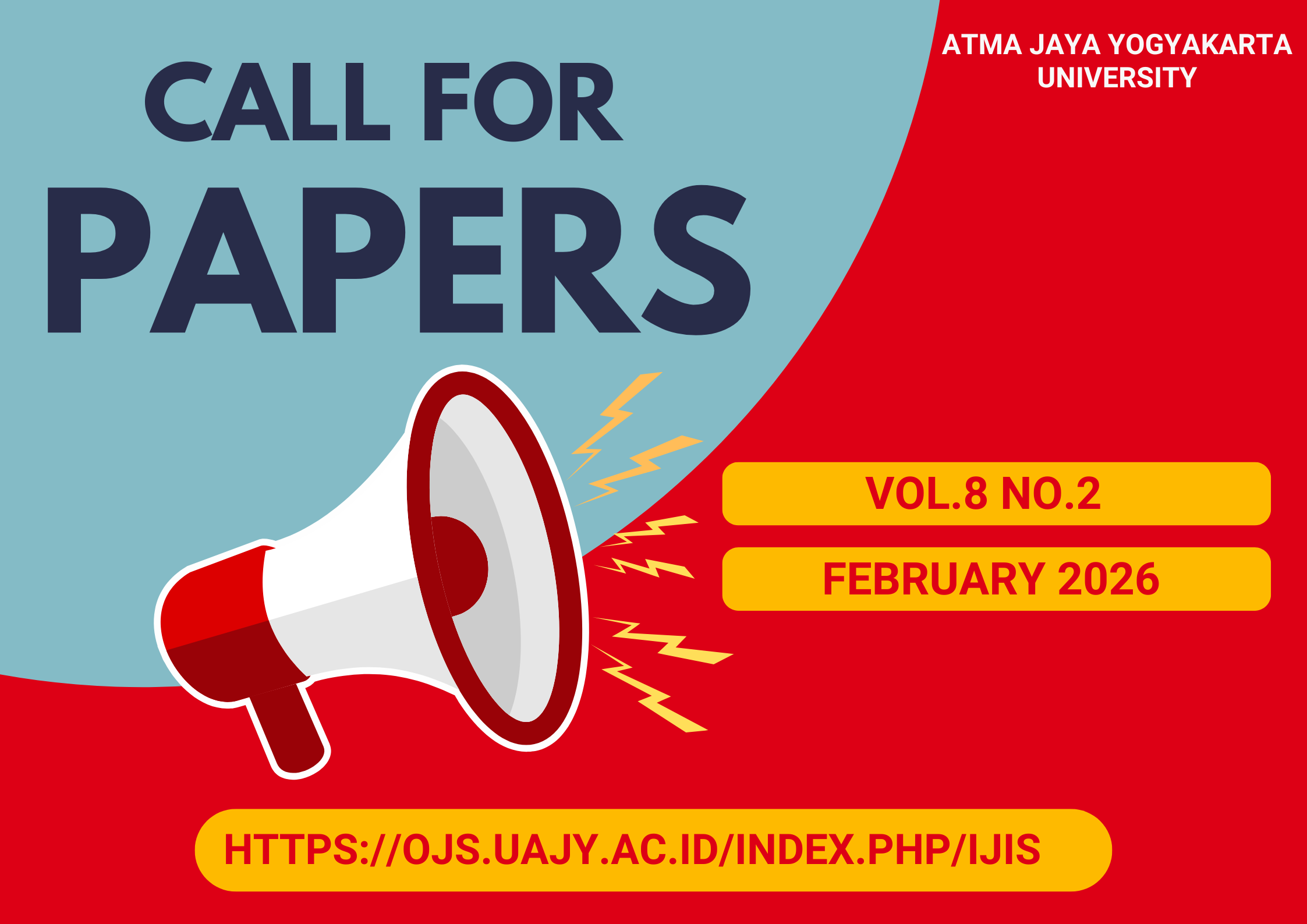The Web-Based Usability Heuristic Survey Supports User Satisfaction
DOI:
https://doi.org/10.24002/ijis.v3i1.3579Keywords:
Usability, user satisfaction, webAbstract
Competition between companies is now getting stronger strongly related to the company's mechanism in providing the services provided. Companies can build ways that can maintain customer loyalty. The approach can be done with web-based Usability Testing adopting an application user acceptance model, a usability aspect analysis that acts as a customer who enjoys a company's products and services. At present, there are already many theories of user acceptance models for an application. One of them is the user satisfaction model (User Satisfaction). This review specifically also identifies that content content has a significant positive effect on website visitor satisfaction.
References
U.S. Department of Health & Human Services, “Usability Basics,” U.S. Government. [Online]. Available: http://www.usability.gov.
H. Jetter and J. Gerken, “A Simplified Model of User Experience for Practical Application,” 2nd Int. Open Work. COST294-MAUSE, 2006.
H. S. Sastramihardja, “Perancangan Kerja dalam Perangkat Lunak, Interaktif,” J. Inform. ITB, vol. 1, pp. 13–16, 1999.
Y. J. Yoon and T. K. Landauer, “The Trouble with Computers: Usefulness, Usability, and Productivity,” South. Econ. J., 1996.
M. D. Lozano, F. Montero, and P. González, “A Usability and Accessibility Oriented Development Process,” in 8th ERCIM Workshop on “User Interfaces For All", 2004.
J. Nielsen, “Guerrilla HCI: Using discount usability engineering to penetrate the intimidation barrier,” Cost-justifying usability, 1994.
A. Dix, J. Finlay, G. D.Abowd, and R. Beale, Human-Computer Interaction. New Jersey: Prentice Hall, 1993.
A. Abran, W. Suryn, A. Khelifi, J. Rilling, A. Seffah, and F. Robert, “Consolidating the ISO Usability Models,” in 8th Annual INSPIRE Conference, 2003.
J. W. Palmer, “Web site usability, design, and performance metrics,” Inf. Syst. Res., 2002.
R. Agarwal and V. Venkatesh, “Assessing a firm’s Web presence: A heuristic evaluation procedure for the measurement of usability,” Inf. Syst. Res., 2002.
D. T. Green and J. M. Pearson, “A confirmatory factor analysis of two web site usability instruments,” in Proceedings of the Third Annual Workshop on HCI Research in MIS, 2004.
D. T. Green and J. M. Pearson, “The examination of two web site usability instruments for use in B2C e-commerce organizations,” J. Comput. Inf. Syst., 2009.
U. Sekaran, Research and Markets: Research Methods for Business - A Skill Building Approach. 2003.
D. R. Cooper and P. S. Schindler, Business Research Methods, 8th ed. New York, 2003.
S. . Wijanto, “Structural Equation Modeling dengan LISREL 8.8.2 Konsep dan Tutorial,” in structural equation modeling dengan LISREL 8.8.2 konsep dan tutorial, 2008.
M. Aljukhadar and S. Senecal, “How the Website Usability Elements Impact Performance,” in 15th Americas Conference on Information Systems 2009, AMCIS 2009, 2009.
A. Dix, J. Finlay, G. D. Abowd, and R. Beale, Human-Computer Interaction Third Edition. 2016.
A. Ridwan, “Pengukuran Usability Aplikasi Menggunakan Evaluasi Heuristik,” J. Inf. Komput., vol. 12, pp. 218–228, 2007.
Downloads
Published
How to Cite
Issue
Section
License
Indonesian Journal of Information Systems as journal publisher holds copyright of papers published in this journal. Authors transfer the copyright of their journal by filling Copyright Transfer Form and send it to Indonesian Journal of Information Systems.

Indonesian Journal of Information Systems is licensed under a Creative Commons Attribution-NonCommercial 4.0 International License.

















